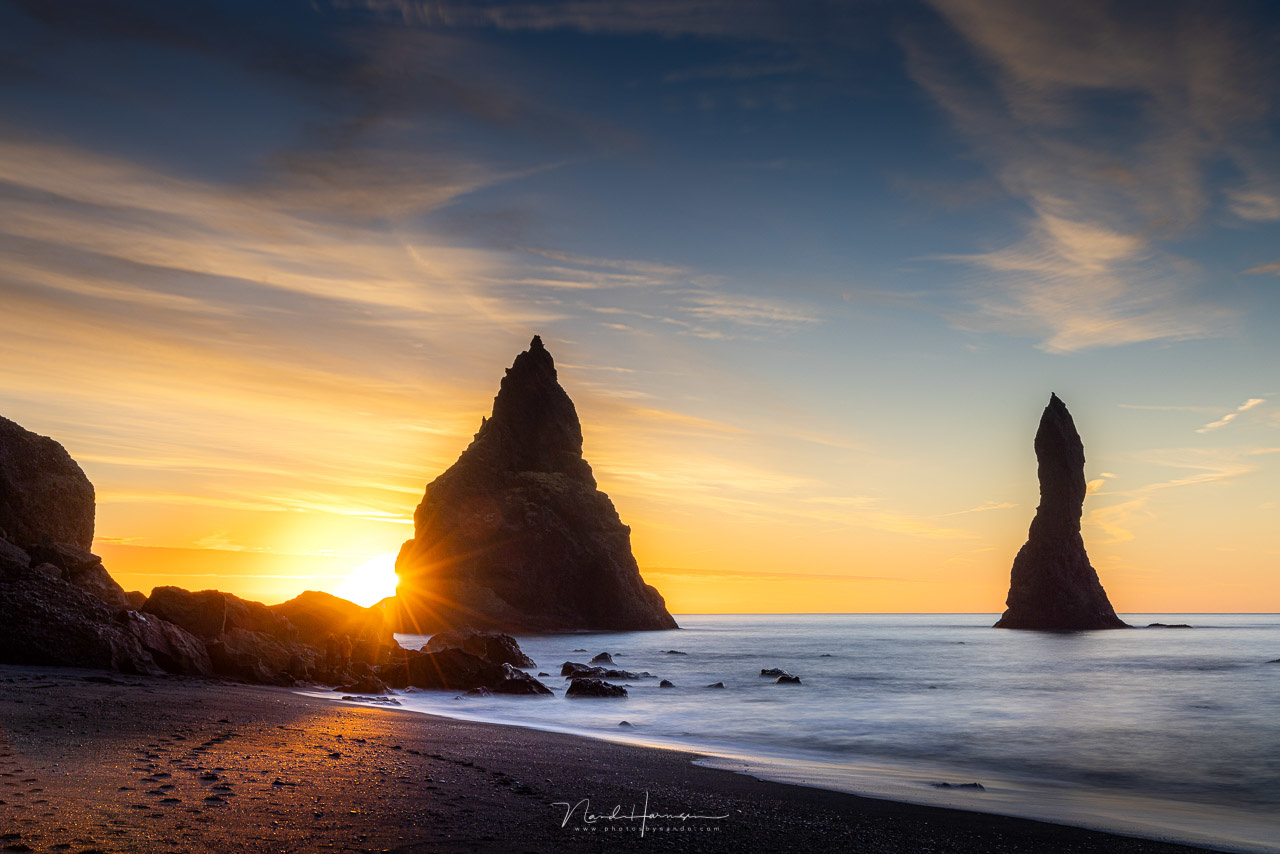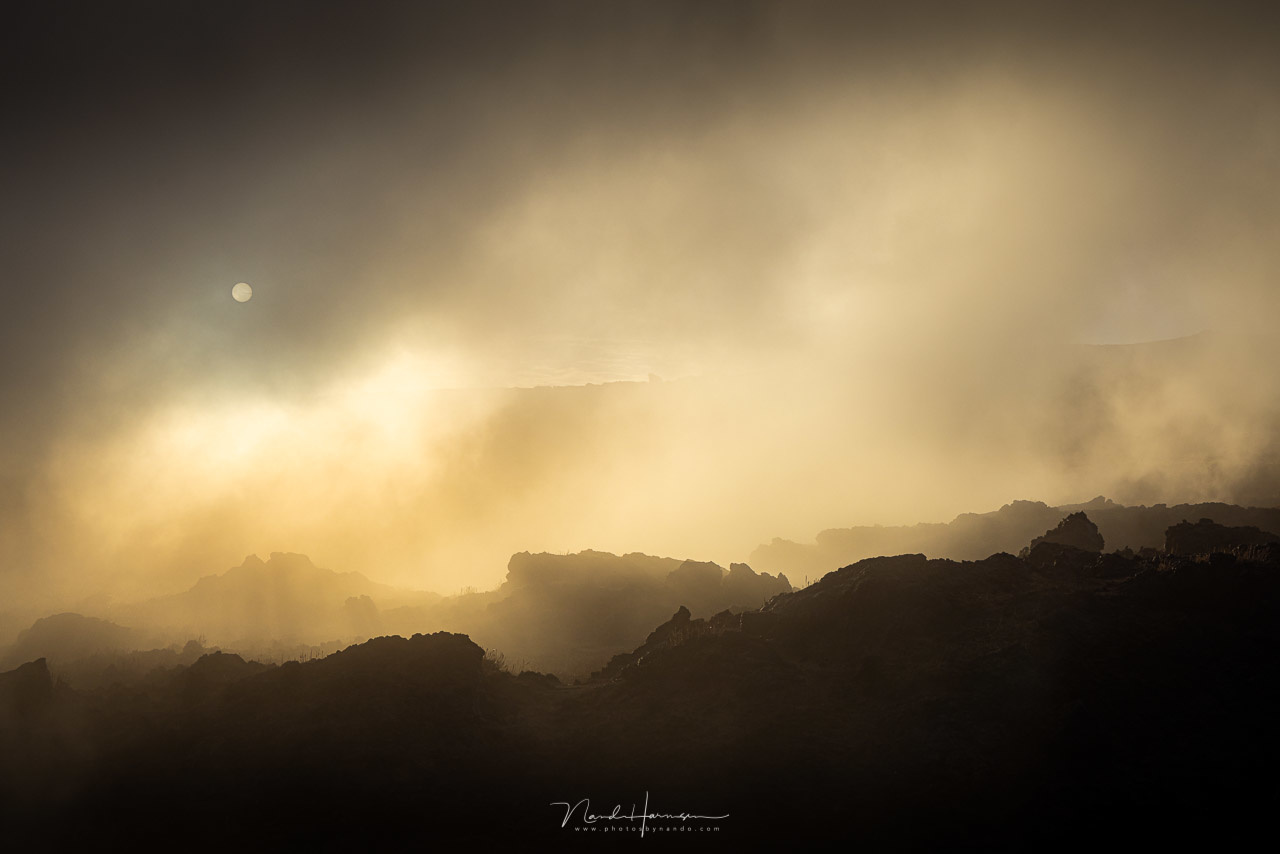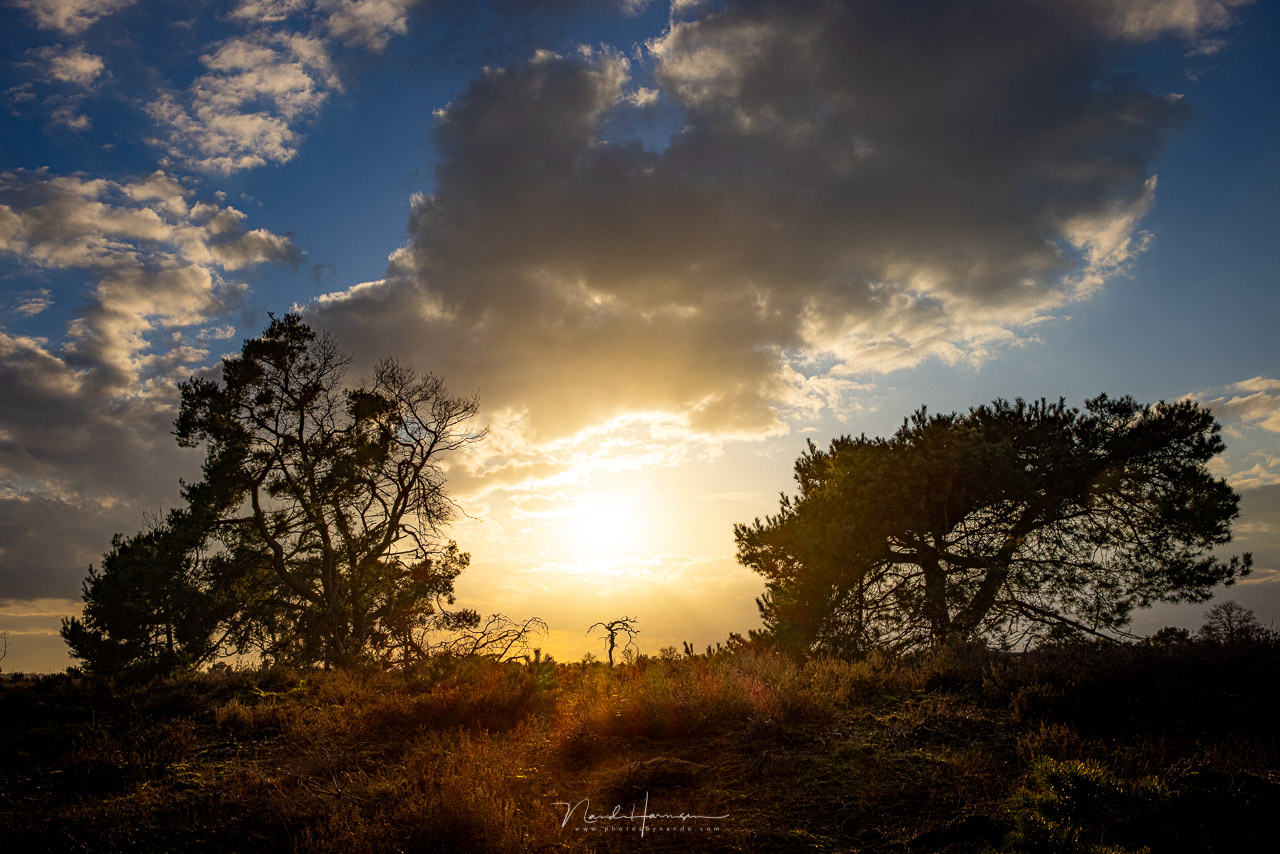Modern cameras have an amazing dynamic range. It allows the capture of all the luminosities between the darkest parts and the brightest parts. If you want more, a bracketing series can go beyond that. But do we need everything within the dynamic range, or not?
A camera is capturing the world differently from what we see. Our eyes are adjusting to the amount of light that is available. This is how we can distinguish details in the dark shadows, even in harsh sunlight when the dynamic range is far beyond the capabilities of our eyes.
But look at a bright area and watch the dark parts in the scenery from your peripheral visual field. You will notice it's dark without much detail. Only if you focus on that area in the peripheral visual field, details become visible.
We can use the light meter of our camera in the exact same way. Just point it at a bright area and it will adjust the settings. Point it towards a dark area, and the settings are adjusted again. But it isn’t possible to have both settings at the same time for different areas in one single image. Not yet, at least.

If you look straight into the sun, the surroundings will be dark. It's not always necessary to see whats hidden in those dark areas
Luminosities Between the Boundaries of the Histogram
Often an average metering is used to capture as much detail as possible and we try to adjust the brightness afterward in post-processing. If it results in too much noise, a bracketing series can do the trick. The goal is an image where all the luminosity is eventually pinched between the boundaries of the 8-bit histogram with almost no pure white or pure black in the image.

Why do we need to see everything in an image? Why can't we leave some things to the viewers imagination?
By doing so, everything in the scenery will be properly exposed, revealing every single detail. There may be some dark areas, but nothing is hidden in darkness anymore. I can understand why this can be necessary for the brightest parts, since clipped areas are completely stripped of details. But then again, why not use white in our image. Just like we should use dark.
Back in the Analog Days of Photography
When I look back to the old days of analog photography, negative film had a rather large dynamic range. I can remember an Agfa film advertisement how many stops it could capture without running into clipped highlights or shadows. In a way, those films are a bit similar to modern digital sensors and their high dynamic range.
Slide film, on the other hand, suffered from much less dynamic range. This made it much easier to play with contrasts in the image. While negative film had a balanced exposure over the entire image, slide film showed light and dark much better. I remember how a lot of photographers preferred slide film for just this reason.

Dark and light, those are the strengths of an image, I think. Without it, everything becomes less interesting.
Do Our Images Reveal Too Much?
Today we often want our images to be like those negative films from the analog days. We want detail in most of the image, without loss of detail in the darkest parts. Or in the lightest parts, for that matter. We use the huge dynamic range of our cameras for that. By exposing for the highlights and lifting the shadows it is possible to show every single detail in the image. If it isn’t enough or too much noise appears by doing so, exposure bracketing will allow going beyond the limits of our camera sensor.
While the techniques are amazing, I believe our images often become less exciting. Revealing everything in the frame removes any secrets in the scenery. There is no sense of mystery anymore. Looking at an image doesn’t trigger the imagination. It is just a representation of the moment without feeling.
Don’t Show Everything in Your Images
Did you know how our eyes are attracted to the lightest parts in our composition? If your subject is light compared to its surroundings it will stand out. It will be the first thing you see in the image. This also works when a subject is a silhouette against a light part in the frame. Imagine when you average the luminosities in the image, turning it into a range of midtones. The subject will get lost on most occasions because it doesn’t stand out anymore.
That is why light and dark are important in a composition. It will lead your attention through the image and your subject will become the most important element. Leave the less interesting parts of the image dark, especially when these are in shadows. The details in those parts are often insignificant compared to the subject itself. It doesn’t mean it has to be black. Just leave out the light in those areas so it doesn’t attract too much attention.
Does this mean exposure bracketing is wrong? Is HDR a technique that should be avoided? Of course not. In many situations, it is a good choice. As a matter of fact, it can offer you all the details of the scenery that are presented. Just make sure you process the image in the right way, introducing dark and light parts again. Let shadows be shadows and light be light. There is no need to brighten up everything until it’s transformed into just another midtone.

Sunlight in a forest. I don't need to see everything in the parts hidden from sunlight. Can you imagine how it would look when everything was brightened?
Don’t Bring Light Where There Is None
There is another problem with using the maximum dynamic range of a camera, or the HDR images by using exposure bracketing: When there is light in an image, it is almost always directional. By lifting every single shadow, you add light that wasn’t there in the first place. It is something that should be avoided as much as possible. If you are not careful, you will end up with a flat-looking image.

The sun in from behind the sea stacks at Reynisfjara in Iceland. Don't lift the shadows where there is no sunlight.
The bottom line, HDR techniques are not wrong but you need to be aware that shadow is often an essential element in a photo. It doesn’t matter if you are shooting sports, models, macro, or landscapes. Or any other type of photography. Without shadows, the image will become less interesting. By leaving certain areas dark, it will hide the less interesting parts. Your subject will only get more attention this way.

An unearthly landscape that keeps it mystery partly due to its shadows. Why would you loose that sence of feeling by lifting all the shadows?
How do you feel about the use of shadows in your photography? Do you love the use of shadows, or do you prefer everything to be within the dynamic range? Please share your thoughts in the comments below.










Sometimes you want deep shadows with little to no detail and sometimes you don't want it. The hardest part is making that decision. I only make photographs using b&w film and like you wrote, there is a wide latitude, but I don't always take advantage of this. I find myself either deepening the shadows or blowing out the highlights on purpose when I expose the negative. I might have detail in the negative and I purposefully lose detail in the shadows or highlights when I print the negative. After years of making "proper and correct" exposures and prints, doing it the right way no longer interests me. The creative options are limited. You have to visualize exactly what you want and learn how to execute your vision with whichever tools you use, with or without shadow details.
I don't like to use the term "proper and correct" of "the right way" when it comes down to exposure. So I completely agree with your comment.
This was a great article. I'm a novice, so I make all the mistakes you've mentioned, especially lifting the shadows on areas where there is no light (over-editing). Thank you for the insight!
Glad to be of help. Thanks for the comment.
I used to lift the shadows when I first started out with digital photography and Lightroom, I think mainly I was impressed that you could recover so much detail. Of course doing that makes photos look very flat. I do like quite contrasty photographs though, especially in black and white.
We all started that way, I think.
Nice article Nando, some very thoughtful words in there too. I love images with darkest of darks in them, I always think they take a bit more skill to produce than the HDR style ones.
Not that im any good at them myself but im learning:)
The moment you stop learning, is the moment to stop photographing. ;)
Exactly that Nando
It took me a few years to learn this simple but important approach. I used to lift my shadows routinely but eventually discovered how unnatural it makes the scene appear. Just because you can doesn't mean you should.
Exactly. Thanks for your comment